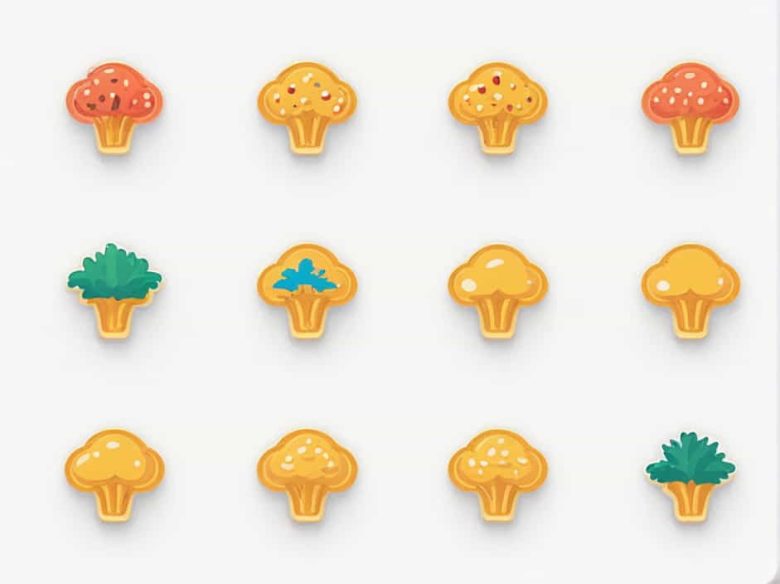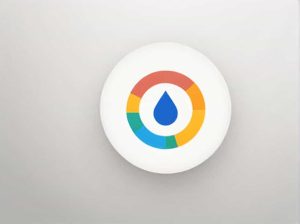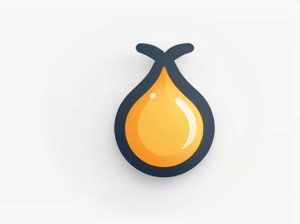In the natural world not all organisms can produce their own food. Many species depend on other organisms for sustenance either by consuming them directly or indirectly. These organisms are known as heterotrophs and they play an essential role in maintaining ecological balance.
This topic will explore heterotrophic organisms their different types and their significance in food chains.
1. What Are Heterotrophs?
Heterotrophs are organisms that obtain energy by consuming other living or once-living organisms. Unlike autotrophs (such as plants and algae) which produce their own food through photosynthesis or chemosynthesis heterotrophs must rely on external food sources.
Most animals fungi and many bacteria are heterotrophic. They contribute to the energy flow in ecosystems by feeding on plants other animals or organic matter.
2. Types of Heterotrophs
Heterotrophs can be classified into different groups based on how they obtain their food.
A. Herbivores (Plant Eaters)
Herbivores consume only plant material including leaves fruits flowers seeds and roots. They play a crucial role in transferring energy from plants to higher levels in the food chain.
Examples of Herbivores:
- Deer – Eat grass leaves and shrubs.
- Cows – Rely on grass and grains.
- Rabbits – Consume vegetables and plant stems.
B. Carnivores (Meat Eaters)
Carnivores are predators that feed on other animals. They help control prey populations and maintain ecological balance.
Examples of Carnivores:
- Lions – Hunt large herbivores like zebras and antelopes.
- Wolves – Pack hunters that prey on deer and elk.
- Eagles – Capture small mammals reptiles and birds.
C. Omnivores (Both Plant and Animal Eaters)
Omnivores have a varied diet that includes both plant and animal matter. Their adaptability allows them to survive in different environments.
Examples of Omnivores:
- Humans – Consume fruits vegetables meat and dairy.
- Bears – Eat berries fish and insects.
- Pigs – Feed on grains fruits and small animals.
D. Decomposers (Organic Matter Recyclers)
Decomposers break down dead organisms and recycle nutrients back into the environment. They are essential for maintaining soil health and nutrient cycling.
Examples of Decomposers:
- Fungi – Such as mushrooms which decompose wood and organic material.
- Bacteria – Found in soil breaking down dead plants and animals.
- Earthworms – Consume decaying plant matter enriching the soil.
E. Parasites (Living Off a Host)
Parasites feed on or live inside another organism (host) often causing harm but not killing the host immediately.
Examples of Parasites:
- Ticks – Suck blood from mammals birds and reptiles.
- Tapeworms – Live inside the intestines of animals absorbing nutrients.
- Mistletoe – A parasitic plant that extracts nutrients from trees.
3. Heterotrophs in the Food Chain
Heterotrophs occupy different levels in the food chain a system that illustrates how energy is transferred from one organism to another.
A. Primary Consumers (Herbivores)
- Eat producers (plants and algae).
- Examples: Cows deer caterpillars.
B. Secondary Consumers (Carnivores & Omnivores)
- Eat herbivores.
- Examples: Foxes (eat rabbits) frogs (eat insects).
C. Tertiary Consumers (Top Predators)
- Eat secondary consumers.
- Examples: Hawks (eat snakes) sharks (eat fish).
D. Decomposers (Nutrient Recyclers)
- Break down dead organisms returning nutrients to the soil.
- Examples: Fungi bacteria worms.
4. The Importance of Heterotrophs in Ecosystems
Heterotrophs play a crucial role in maintaining balance within ecosystems.
A. Controlling Populations
- Predators prevent overpopulation of certain species ensuring resources are not depleted.
- Example: Wolves keep deer populations in check preventing overgrazing.
B. Nutrient Recycling
- Decomposers break down waste and dead matter enriching the soil.
- Example: Bacteria decompose organic material providing nutrients for plant growth.
C. Supporting Biodiversity
- Heterotrophs contribute to species diversity creating a stable ecosystem.
- Example: Bees (omnivores) pollinate flowers while feeding on nectar.
5. Differences Between Heterotrophs and Autotrophs
| Feature | Heterotrophs | Autotrophs |
|---|---|---|
| Food Source | Consume other organisms | Produce their own food |
| Examples | Animals fungi some bacteria | Plants algae cyanobacteria |
| Energy Process | Cellular respiration | Photosynthesis or chemosynthesis |
| Role in Ecosystem | Consumers and decomposers | Primary producers |
6. Human Dependence on Heterotrophs
Humans rely on heterotrophic organisms for food medicine and materials.
A. Food Sources
- Meat and Dairy – Cows chickens fish.
- Fruits and Vegetables – Pollinated by insects.
B. Medicine and Biotechnology
- Antibiotics – Derived from fungi and bacteria (e.g. penicillin).
- Vitamins – Some come from animal sources (e.g. Vitamin B12 from meat).
C. Environmental Benefits
- Bees (pollination) fungi (decomposition) and wolves (ecosystem regulation) contribute to a healthy planet.
7. Threats to Heterotrophic Organisms
Many heterotrophs are at risk due to human activities and environmental changes.
A. Habitat Destruction
- Deforestation reduces food sources for herbivores.
B. Climate Change
- Rising temperatures affect food chains endangering species.
C. Overhunting and Poaching
- Predators like tigers and sharks are declining due to hunting.
D. Pollution
- Pesticides harm decomposers and beneficial insects like bees.
Heterotrophic organisms play a crucial role in ecosystems by consuming plants animals or decomposing organic matter. They help regulate populations recycle nutrients and support biodiversity.
From herbivores and carnivores to decomposers and parasites every heterotroph has a purpose in nature. Protecting these organisms ensures a healthy and balanced ecosystem benefiting all life on Earth.



